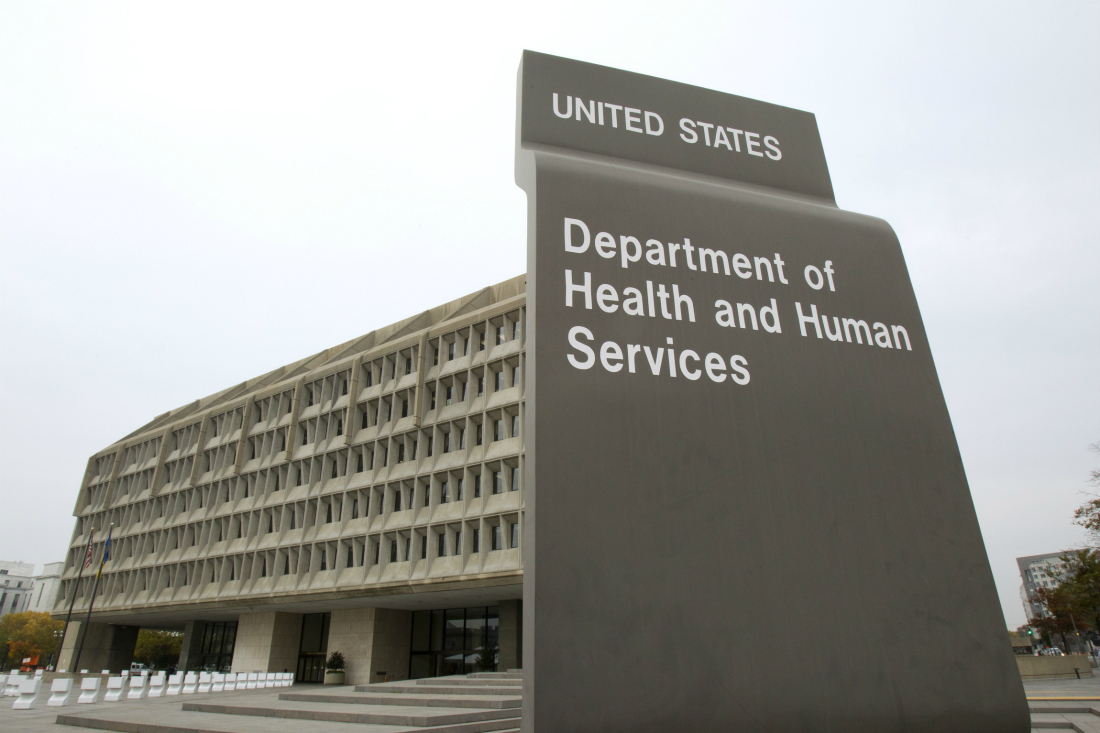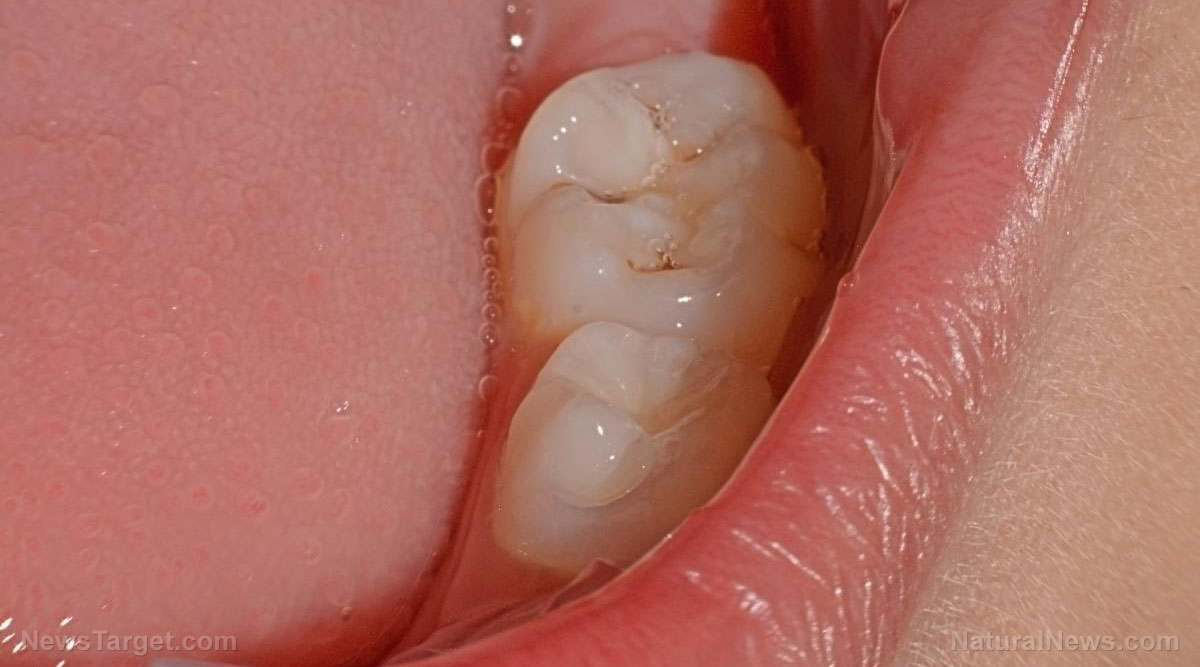The unseen cardiac risk in your bedroom: How sleeping with the light on harms your heart
10/30/2025 / By Willow Tohi

- A large study of nearly 89,000 adults found a direct link between sleeping with ambient light and a significantly higher risk of major cardiovascular diseases.
- Individuals with the brightest bedrooms had a 42% higher risk of heart attack and elevated risks for heart failure, stroke and irregular heartbeat.
- The connection held strong even after accounting for factors like diet, exercise, smoking and genetic predisposition to heart disease.
- The mechanism is tied to light’s disruption of the body’s circadian rhythms, which regulate critical functions like blood pressure and inflammation.
- Researchers suggest simple interventions like using blackout curtains, turning off electronic devices and keeping bedrooms dark to mitigate this newly identified risk factor.
For millions, the gentle glow of a streetlamp through the blinds, the persistent standby light of a television, or the illuminated face of an alarm clock is a normal part of the nocturnal landscape. New research, however, suggests this ambient light is more than a minor nuisance; it is a significant and independent risk factor for cardiovascular disease, the world’s leading cause of death. A landmark study published in JAMA Network Open has found that sleeping in a brighter environment is strongly associated with a higher incidence of heart attacks, heart failure and stroke, revealing a pervasive and modifiable threat to public health.
A glaring correlation in the data
The research, led by Dr. Daniel P. Windred of Flinders University, analyzed data from the UK Biobank, tracking the health of 88,905 adults with an average age of 62 for nearly a decade. The study’s power came from its methodology: participants wore wrist-worn light sensors for one week, providing researchers with approximately 13 million hours of real-world, personal light exposure data. This moved beyond estimates based on satellite imagery or self-reporting to capture exactly how much light individuals were exposed to around the clock.
The findings were stark. When compared to those who slept in the darkest environments, participants with the brightest bedrooms faced dramatically higher risks:
- A 42% higher risk of myocardial infarction (heart attack)
- A 45% higher risk of heart failure
- A 28% higher risk of stroke
- Elevated risks for coronary artery disease and atrial fibrillation
Crucially, this association remained robust even after scientists statistically accounted for a comprehensive list of established risk factors, including physical activity, diet, smoking, alcohol consumption, body mass index and even genetic susceptibility to heart disease. This positions nighttime light exposure as a standalone hazard.
Why darkness is vital for a healthy heart
The biological explanation for this phenomenon lies in the human body’s intricate circadian system. These 24-hour internal clocks, present in virtually every cell and tissue, regulate critical processes like blood pressure, heart rate, hormone release and the nervous system. Light, particularly its blue wavelengths, is the primary timekeeper for this system.
Exposure to light at night sends a conflicting signal, misaligning the body’s master clock with the external environment. This circadian disruption has cascading effects:
- Blood pressure, which normally dips during rest, may remain elevated.
- The balance between the “fight-or-flight” and “rest-and-digest” nervous systems is thrown off, leading to a higher resting heart rate.
- The production of the sleep-inducing hormone melatonin is suppressed.
- Inflammation increases and the blood may develop a greater tendency to clot.
Over the short term, these changes are manageable. But over years and decades, the cumulative strain contributes to atherosclerosis—the hardening and narrowing of arteries—and creates the conditions for a cardiovascular event. This research extends decades of findings on the health risks for shift workers to the general population, showing that even the low-level light common in modern bedrooms can trigger this harmful chain reaction.
A heightened risk for women and the young
The study uncovered nuanced vulnerabilities within the population. Women appeared to be more affected by nighttime light exposure than men, showing larger-magnitude increases in risk for coronary artery disease and heart failure. This aligns with previous research suggesting women’s circadian systems may be more sensitive to light.
Similarly, younger participants in the cohort showed a stronger link between bright nights and conditions like heart failure and atrial fibrillation compared to older adults. This could be because the circadian system becomes less sensitive with age, meaning a younger body might mount a more pronounced, and damaging, physiological response to light at night.
Reclaiming the dark for heart health
Historically, humans evolved in environments of near-total darkness after sunset. The proliferation of artificial light, while a hallmark of modern civilization, has fundamentally altered our biological landscape. This study suggests that re-embracing darkness at night is a simple, accessible and powerful strategy for cardiovascular prevention.
The research points to several actionable steps individuals can take to mitigate this risk:
- Install blackout curtains or shades to block external light sources.
- Turn off all televisions, computers and tablets before sleep.
- Use a sleep mask for an immediate personal solution.
- Choose dim, warm-toned nightlights if necessary, and avoid bright overhead lights.
- Position beds away from windows and cover or turn away bright LED displays from devices.
A prescription for darkness
This large-scale, long-term study provides compelling evidence that the environment in which we sleep is intrinsically linked to the health of our hearts. While more research is needed to understand the effects across more diverse populations and to pinpoint the most harmful light sources, the message is clear: darkness is not a luxury, but a physiological necessity. In the ongoing effort to combat cardiovascular disease, a factor as fundamental as turning off the lights has emerged as a potent, and surprisingly simple, form of medicine. For anyone looking to protect their long-term health, the path forward may be as straightforward as embracing the night.
Sources for this article include:
Submit a correction >>
Tagged Under:
blood pressure, heart health, longevity, natural health, prevention, remedies, research, sleep environment, sleep hygience
This article may contain statements that reflect the opinion of the author



















